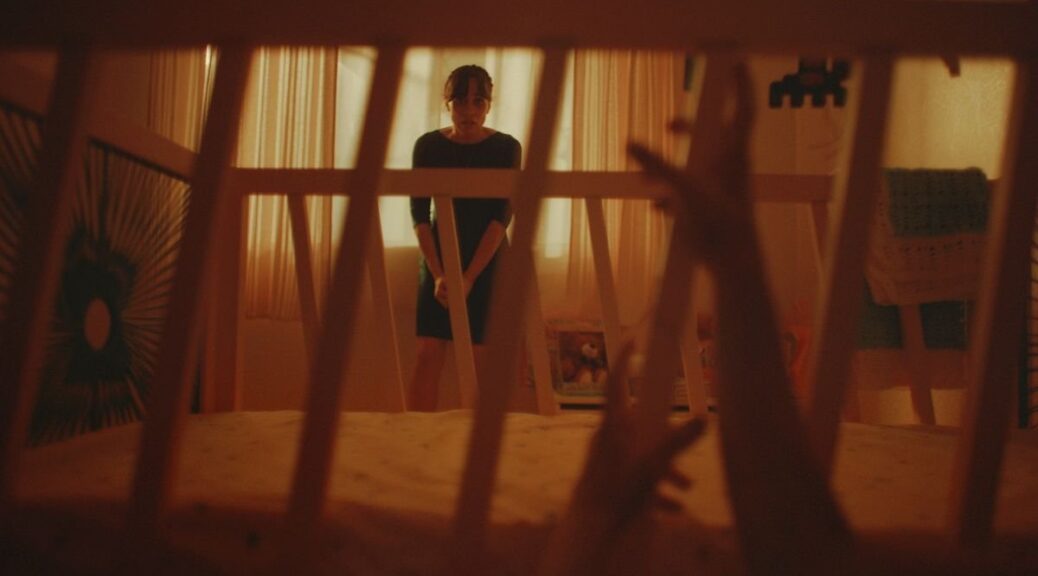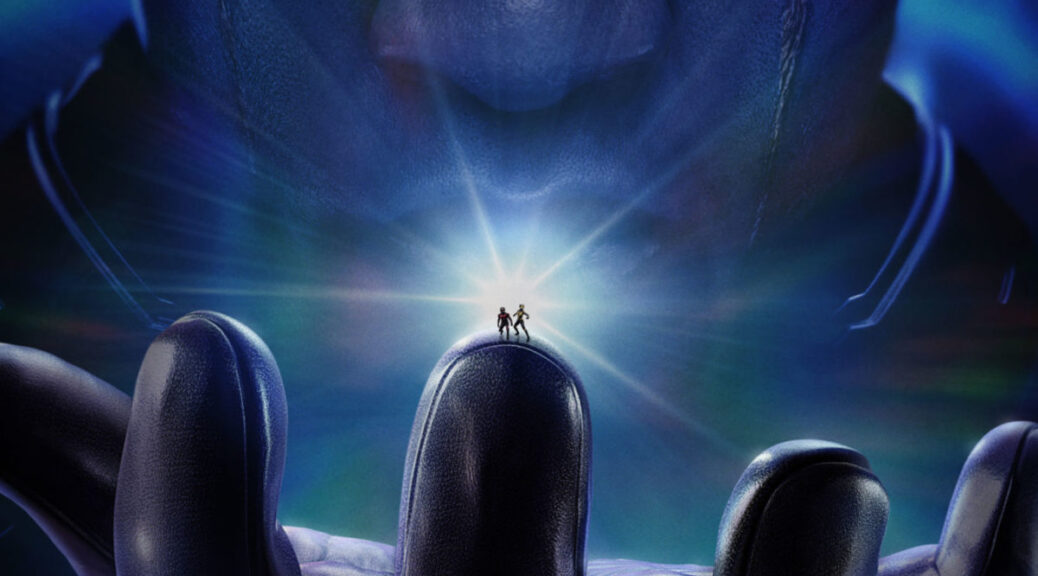Winnie the Pooh: Blood and Honey
by Hope Madden
Leaving the screening of Winnie the Pooh: Blood and Honey, I overheard another viewer say, “So many questions.” I, too, have a lot of questions. Why do Pooh and Piglet have man hands? Where do they get their clothes? When did they learn to drive? What am I doing at this movie?
No, that last one’s not real. There was no question I was going to see this movie. Like most people, I grew up with Winnie the Pooh and all his friends in the 100 Acre Wood. I loved the illustrations in A.A. Milne’s books. I loved the Disney cartoons. That live-action kids’ show, though, with people in suits – that freaked me out. That was just wrong, and it was the kind of wrong I was hoping for with the film.
Nope.
Though the sound mix is often muddy, the film does boast some technical qualities: production values, set design, lighting – writer/director Rhys Frake-Waterfield gathered a competent crew. The problem is the writing. There’s about enough script for a 30-minute film, and even that would not have been very good.
First, Christopher Robin (Nikolai Leon) returns to his old stomping ground to introduce his beloved to his oldest, dearest friends, only to find that Pooh and the gang have not exactly thrived in his absence.
Meanwhile, Maria (Maria Taylor) follows her therapist’s suggestion to take a break, unplug and relax with her girlfriends. She and her besties head to the same stretch of forest for a quiet weekend of grisly, man-bear related slaughter.
The acting throughout is awful, but it’s hard to slight the actors themselves when each of their scenes is stretched to 4 minutes longer than it should be and they have to just find a way to take up the time. This leads to a lot of inaction when action would be reasonable, and an awful lot of repeated, “Why are you doing this?”
Plus, there’s a gun that appears and disappears scene to scene, and a laugh-out-loud car sequence. But any intentional humor is woefully absent.
Whatever the film’s many – almost countless – flaws, Frake-Waterfield deserves tremendous credit for seeing an opportunity and seizing it. Milne’s catalog fell into the public domain last year, a fact Frake-Waterfield met with an idea. What if Pooh and the gang went feral?
And the world was in. I know I was.














